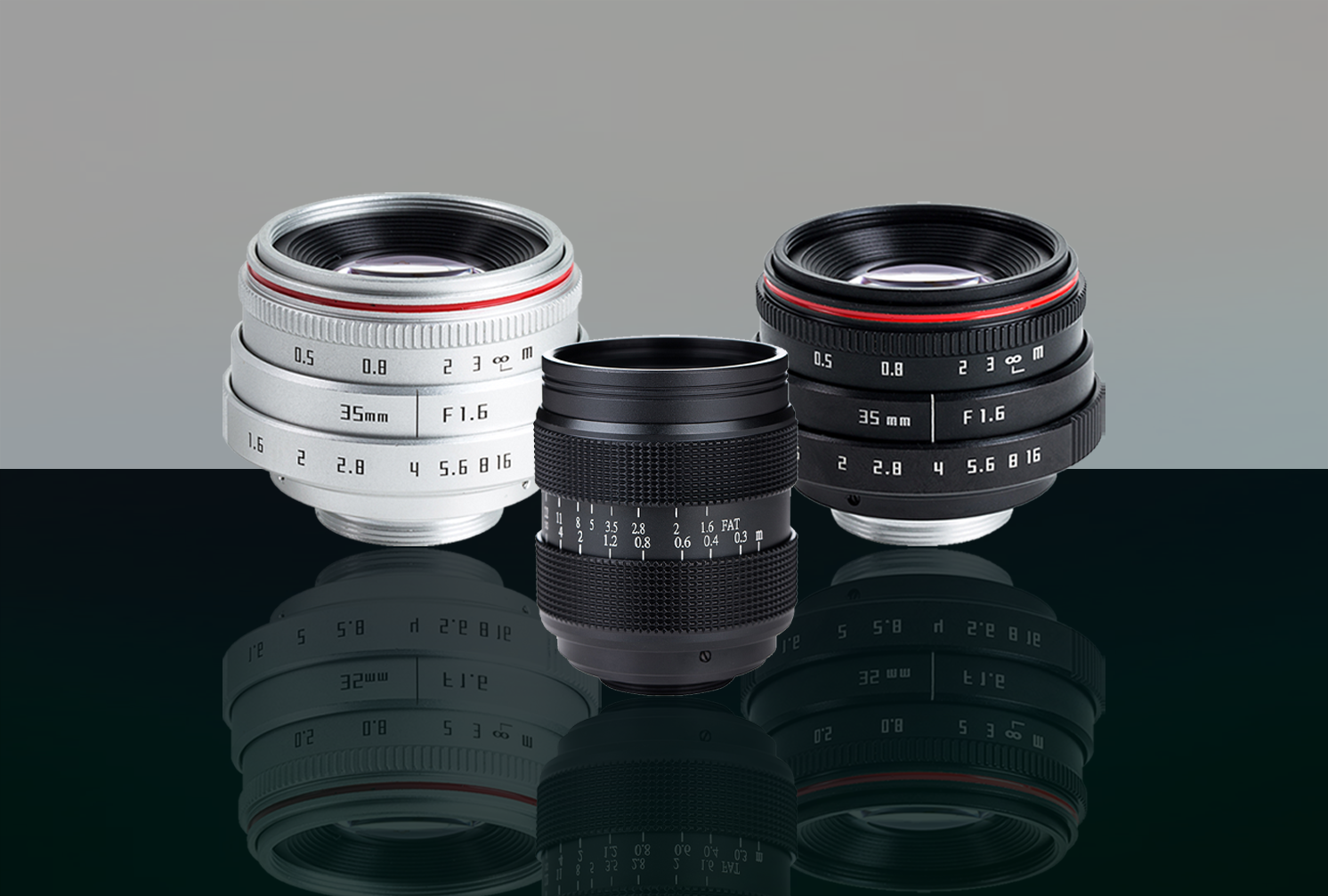This product was successfully added to cart!
Hot Selling for 1/2.3 Inch Scanning Lens - MWIR Lenses – ChuangAn
| Model | Sensor Format | Focal Length(mm) | FOV (H*V*D) | TTL(mm) | IR Filter | Aperture | Mount | Unit Price | |
|---|---|---|---|---|---|---|---|---|---|
Hot Selling for 1/2.3 Inch Scanning Lens - MWIR Lenses – ChuangAn Detail:
Mid-wave infrared lenses (MWIR Lenses) are critical components used in a variety of applications that require thermal imaging, such as surveillance, target acquisition, and thermal analysis. These lenses operate in the mid-wave infrared region of the electromagnetic spectrum, typically between 3 and 5 microns (3-5um lens), and are designed to focus infrared radiation onto a detector array.
MWIR lenses are made from materials that can transmit and focus IR radiation within the MWIR region. Materials commonly used for MWIR lenses include germanium, silicon, and chalcogenide glasses. Germanium is the most commonly used material for MWIR lenses due to its high refractive index and good transmission characteristics in the MWIR range.
MWIR lens comes in various designs and configurations, depending on the intended application. One of the most common designs is the simple plano-convex lens, which has one flat surface and one convex surface. This lens is easy to manufacture and is used in many applications where a basic imaging system is needed. Other designs include doublet lenses, which consist of two lenses with different refractive indices, and zoom lenses, which can adjust the focal length to zoom in or out on an object.
MWIR lenses are critical components in many imaging systems used in a range of industries. In the military, MWIR lenses are used in surveillance systems, missile guidance systems, and target acquisition systems. In industrial settings, MWIR lenses are used in thermal analysis and quality control systems. In medical applications, MWIR lenses are used in thermal imaging for non-invasive diagnostics.
One important consideration when selecting an MWIR lens is its focal length. The focal length of a lens determines the distance between the lens and the detector array, as well as the size of the image that is produced. For example, a lens with a shorter focal length will produce a larger image, but the image will be less detailed. A lens with a longer focal length will produce a smaller image, but the image will be more detailed,such as 50mm MWIR Lens.
Another important consideration is the speed of the lens, which is determined by its f-number. The f-number is the ratio of the focal length to the diameter of the lens. A lens with a lower f-number will be faster, meaning it can capture more light in a shorter amount of time, and is often preferred in low-light conditions.
In conclusion, MWIR lenses are an essential component in many imaging systems used in a range of industries. They are designed to focus infrared radiation onto a detector array and come in various designs and configurations, depending on the intended application.
Product detail pictures:

Related Product Guide:
carry on to boost, to guarantee products excellent in line with market and consumer standard specifications. Our enterprise has a quality assurance system are actually established for Hot Selling for 1/2.3 Inch Scanning Lens - MWIR Lenses – ChuangAn , The product will supply to all over the world, such as: Guinea, Sao Paulo, Cologne, With the growing of the company, now our products sold and served at more than 15 countries around the world,such as Europe,North America,Middle-east,South America,Southern Asia and so on. As we bear in our mind that innovation is essential to our growth, new product development is constantly.Besides, Our flexible and efficient operation strategies,High quality products and competitive prices are exactly what our customers are looking for. Also a considerable service brings us good credit reputation.
On this website, product categories is clear and rich, I can find the product I want very quickly and easily, this is really very good!
Products categories
-

Skype
-

Whatsapp
-

Top

 Products
Products





